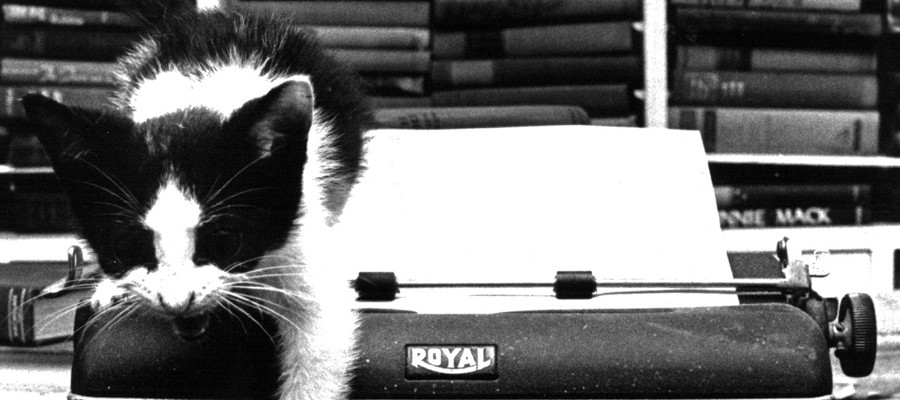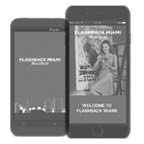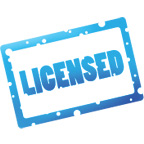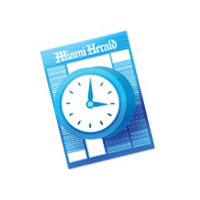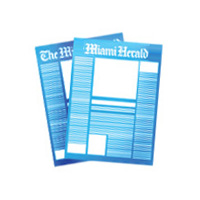Key West
Seminole and Calusa Indians were the first occupants of Key West. Sixteenth-century Spanish settlers found the beaches littered with the detritus of Indian battles and thus named the place Cayo Hueso (Island of Bones). In the 1830s, Key West was the wealthiest city per capita in the country. First, islanders made money by salvaging cargoes from ships that had wrecked on the reefs. Eventually, Key West became a major coaling station and shipping port. Cubans, who had left their country rather than live under Spanish rule, worked largely in cigar-making factories until that industry moved north to Tampa in 1886. During the Civil War, Key West remained in Union hands. The Overseas Railroad, built in 1912, helped the island become extremely prosperous. But the Depression had a vicious effect on the island population, and more than three-quarters of the people were soon on relief. In 1935, a devastating hurricane leveled the railroad. In 1938, the rail system was replaced by a 138-mile Overseas Highway. The construction of a Navy base and the establishment of more and more tourist comforts helped bolster the local economy. Conch Republic is the Keys’ official nickname (Conch is the name for the British Bahamians who settled the Keys in the early 1800s) and in 1982, a border dispute with the mainland led the Republic to stage a mock secession from the United States. Key West’s most well-known resident is Ernest Hemingway who wrote nearly three- quarters of his published work there. Hemingway was certainly not alone in their affection for Key West. Robert Frost, Tennessee Williams, James Merrill, Elizabeth Bishop, Richard Wilbur, Ralph Ellison, Alison Lurie and McGuane are but a few of the writers who have spent at least part of their year on the island. Key West’s resident gay and lesbian community — which over the years has included numerous artists and writers such as poet Elizabeth Bishop, author Truman Capote and playwright Terrence McNally – has established itself as a major voice in the area. Its residents elected America’s first gay mayor, Richard Heyman, in 1983.
